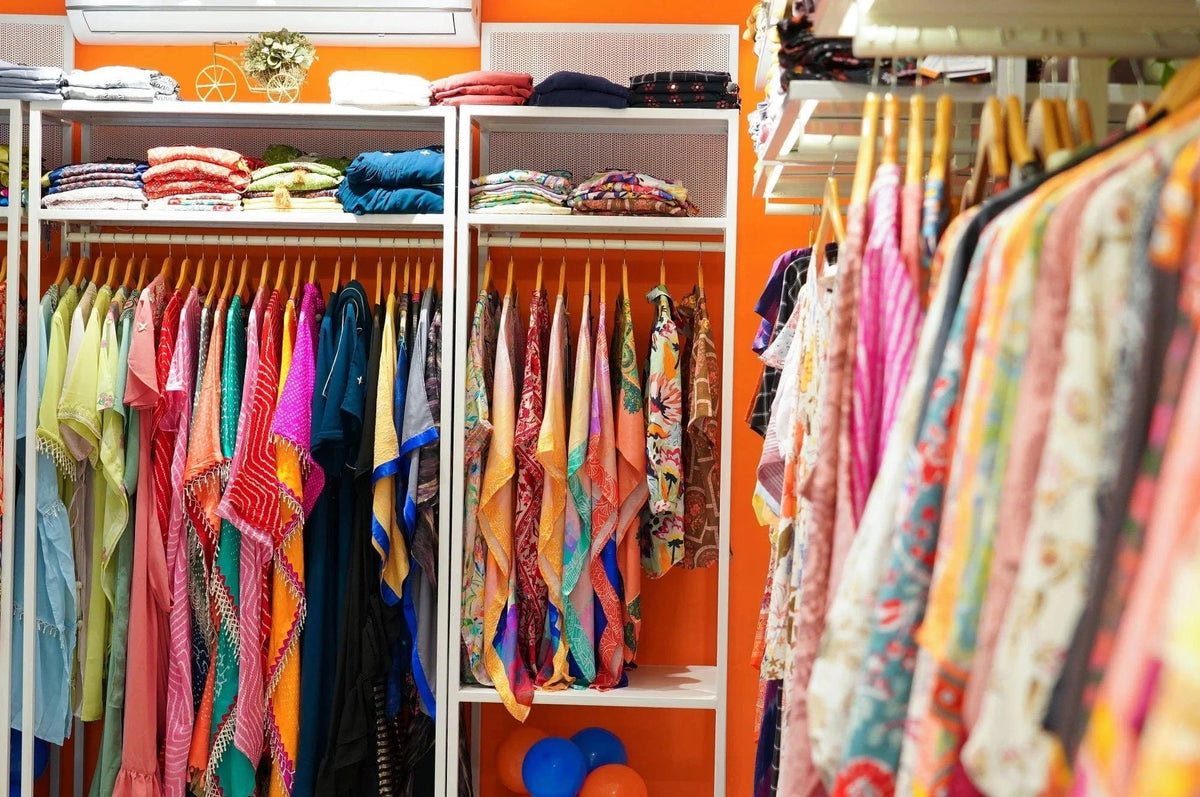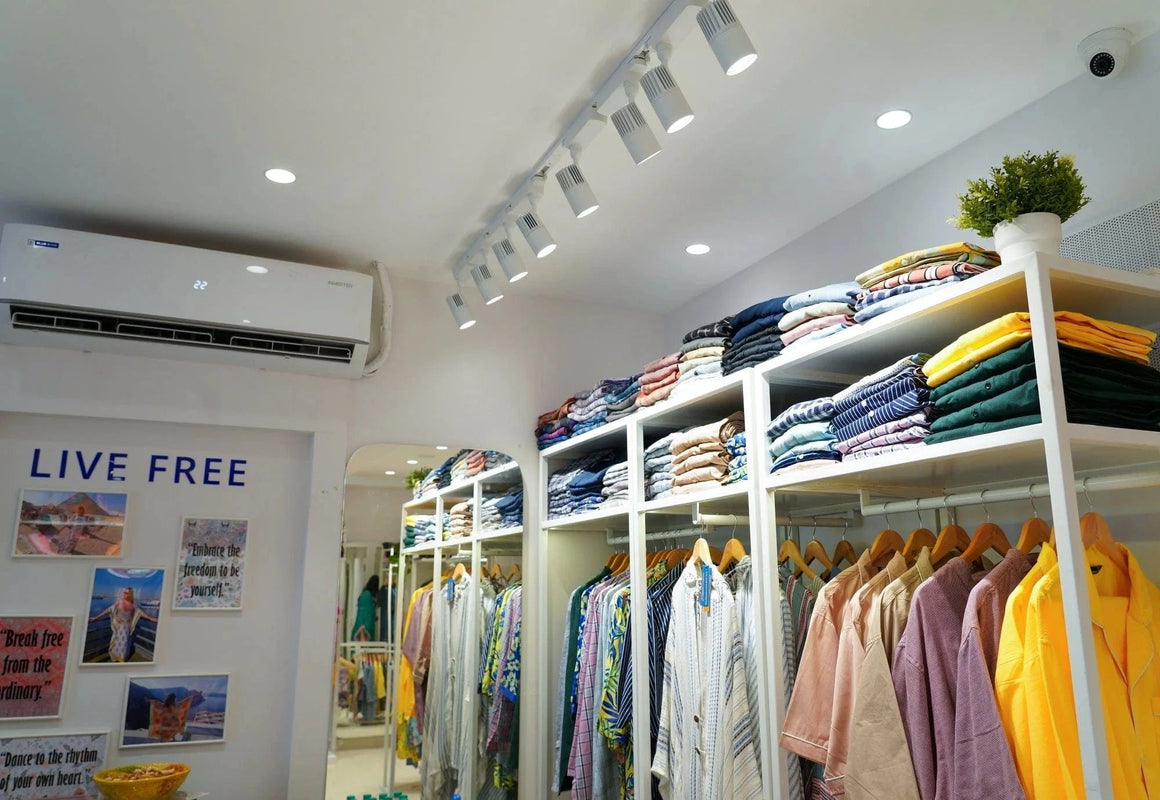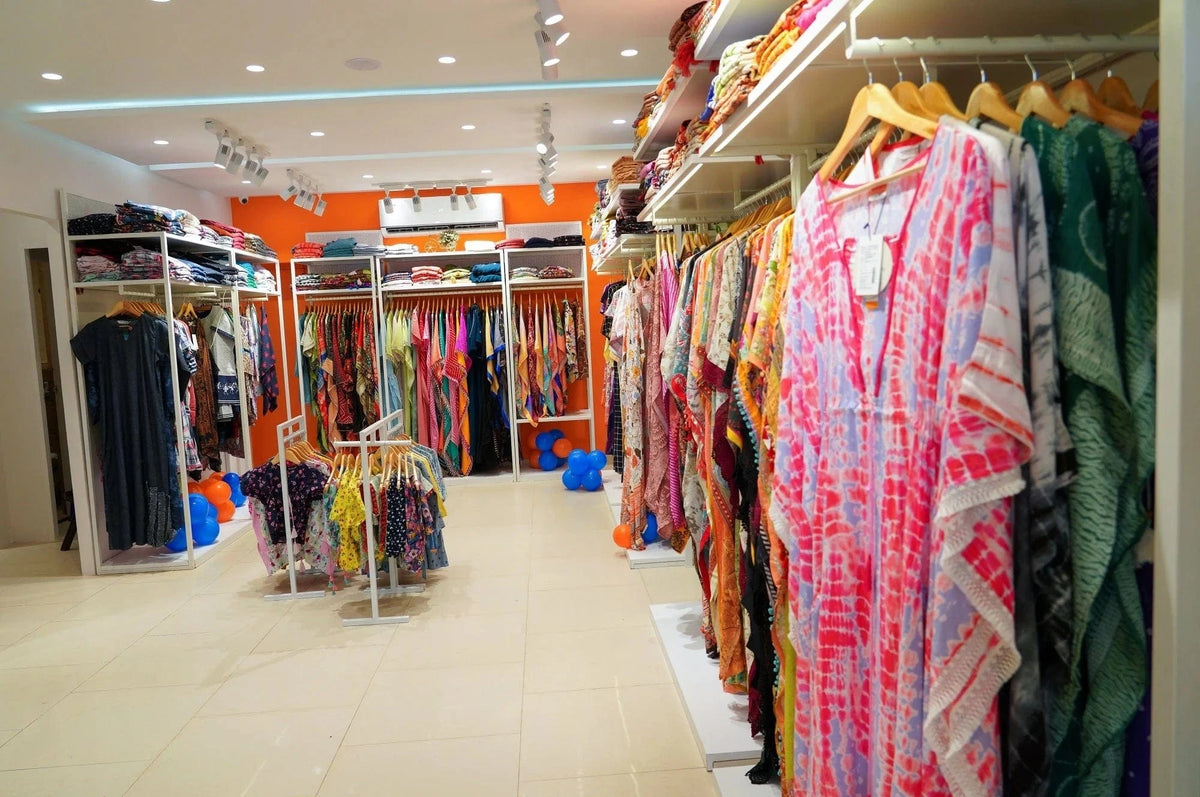You want to break free from those slim fits that don't suit you, and you don't want to have to wait months to find the perfect fit.
Inclusivity is not merely a buzzword that people randomly use in the fashion world. It is much more than that and holds a deeper significance. However, there are people who use it just for marketing purposes, devoid of genuine understanding or commitment. In a world where representation is important, the ability to express oneself freely is essential. Fashion, too, follows this spirit. Diversity in fashion is much needed, and there is no denial that brands are looking in that direction too. But are they really including it because that’s what they believe in, or just for the sales?
Why is it Important?
Customers are more likely to be loyal to brands that actively address social inequities, with 57% of customers showing increased loyalty to such brands. The fashion industry's diverse representation is breaking down numerous barriers, enhancing self-confidence, and fostering a positive self-image. Including and giving diverse looks a chance, inclusive socially conscious fashion brands let fashion turn into a social tool, accepting and familiarizing the various groups of people.
What does this mean for Everyone?
The fashion business and society as a whole have changed a lot because of the rise of inclusive fashion. It challenges conventional norms and redefines the definitions of beauty and style. This movement is making fashion more fair and open, so everyone can feel seen and valued.
The Rise of Inclusive Fashion

Image Source: Pinterest
Inclusivity in fashion is transforming the industry, ensuring everyone sees themselves represented.
The fashion industry has long been criticized for promoting narrow beauty standards and favouring a limited range of body types and appearances. However, a transformative shift is underway as the industry embraces inclusivity and diversity, challenges unrealistic ideals, and promotes body positivity.
Waving Bye to Conventional Beauty Standards
Gone are the days when the runway was dominated by a singular, homogeneous ideal of beauty. Today, the fashion world is redefining its standards by featuring models of different sizes, shapes, and abilities. This inclusive approach not only celebrates the diversity of human bodies but also promotes a more realistic and empowering portrayal of beauty.
Crossing Cultural and Geographical Barriers
Fashion is a global language that transcends geographical borders and cultures. As a result of the industry's commitment to diversity and inclusiveness, it reflects the rich cultural influences, traditional designs, and craftsmanship from different regions. Fashion has become a celebration of cultural heritage and a means of creating cross-cultural understanding.
Breaking down Gender Barriers
The fashion industry is dismantling gender norms by creating collections that celebrate the spectrum of identity. Gender-fluid designs enable individuals to express themselves authentically, transcending traditional boundaries. From silhouettes to inclusive sizing, the focus is on versatility, ensuring that fashion speaks a universal language.
The fashion shown on the runway isn't just about clothes, it's also about social class, the environment, and moral problems. Questioning diversity in the fashion industry means spreading exclusion and undermining fashion's potential as an active force that can bring about change.
Who All is in this Movement?

Image Source: The Hans India
The recent campaign by renowned designer Sabyasachi Mukherjee has ignited a significant conversation about body inclusivity in the Indian fashion industry. By featuring a 'curvy' model alongside conventional models, Mukherjee has made a powerful statement, challenging the industry's long-standing preference for a specific body type.
This move comes as a response to the growing demand from "anti-body shaming activists" and advocates for more realistic and diverse representations in fashion advertising. For too long, the industry has projected an idealized and often unattainable body standard, leaving many individuals feeling marginalized and underrepresented.
Zara, a well-known fashion clothing brand, has made substantial contributions to body positivity and inclusivity, establishing a trend in the industry. It has been highly picky about body sizes and shapes when introducing new fashion trends into the fashion world. Zara is one of the finest at promoting body positivity since it allows advertisements and collections to feature models of various body shapes and sizes.
These are just two examples, but there are many more. This shows brands’ growing awareness of inclusivity and diversity in fashion. As a marketer, how do you ensure that your brand also embraces inclusivity? What strategies have you implemented or plan to implement to make your brand more inclusive? And if you're a customer, are you loyal to brands that promote diversity?
So, Are You in?
The fashion industry is now focusing on inclusivity, marking a significant shift. They serve as a gateway to a culture that embraces the freedom to dress as one pleases. The emergence of body positivity and adaptive clothing showcases the commendable efforts of various brands in creating a fashion-friendly environment for all.
Its importance is like colours that make the fashion world more glamorous. Look around and explore how you can incorporate elements from different people into your own style. Support the inclusive fashion brands that uphold this concept, and you won't have to search far to find what you're looking for.





